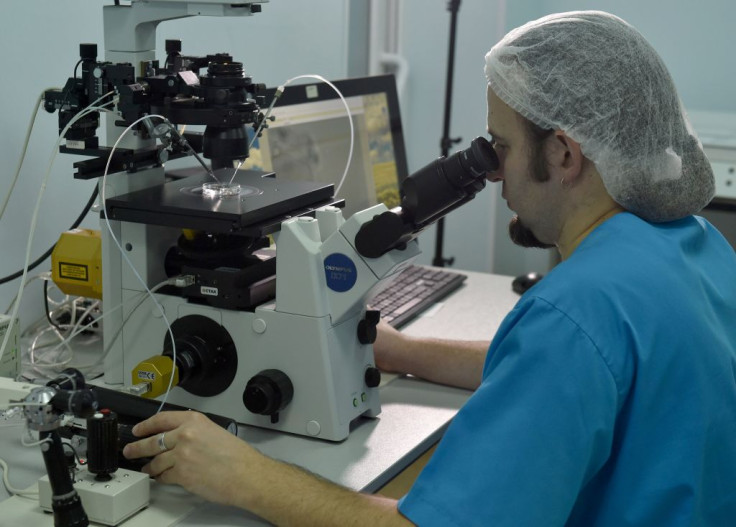Over 190-year-old dead man's DNA recreated without his physical remains for the first time
Recreation of DNA depends on physical remains of a dead person, however, these researchers found a completely different way.

A group of researchers in Iceland have achieved a ground-breaking feat in human genetics. They have recreated the DNA of a man who died over 190 years ago and that too without using his remains.
Typically, recreation of DNA depends on the physical remains of a dead person or animal, a tissue or anything. However, researchers from deCODE Genetics did this by looking at the relatives of Hans Jonatan, a man of African origin who escaped slavery, came to Iceland, got married, and had two children before dying in 1827, according to a report in New Scientist.
Specifically, the researchers leveraged Iceland's genealogical records and tracked down as many as 788 members of Jonatan's family line. Of these, DNA samples from 182 descendants were analysed, helping them create 38% of Jonatan's mother's genome, which meant 19% of his own DNA.
The researchers also inferred that Jonatan's mother was likely from the African countries of Benin, Cameroon or Nigeria.
Although the accomplishment is first of its kind, researchers from different parts of the world are not sure if it could be replicated for every known dead person, Futurism reported. Jonatan was the first man of African heritage to settle in Iceland and his family line was the only one to thrive prior to the 1920s - something that made his case very rare.
The unique conditions prevailing back then made it easier for deCODE to trace down the DNA of his family tree among other Icelanders, ultimately leading them to reconstruct part of his genome.
However, the team at deCODE thinks otherwise. According to the group, the method could be used to create DNA of historical figures born after 1,500 with known descendants.
"It's all a question of the amount of data you have," says Kári Stefánsson of deCODE. "In principle, it could be done anywhere with any ancestors, but what made it easy in Iceland was that there were no other Africans."
As the technique develops, researchers would hope to use it for filling crucial gaps in family trees, giving more insights into the lives of people who lived centuries ago. On the worst side, it could even become a tool for dividing people but there is still a long way to go before any of that happens.
The study has been published in the journal Nature Genetics.





















